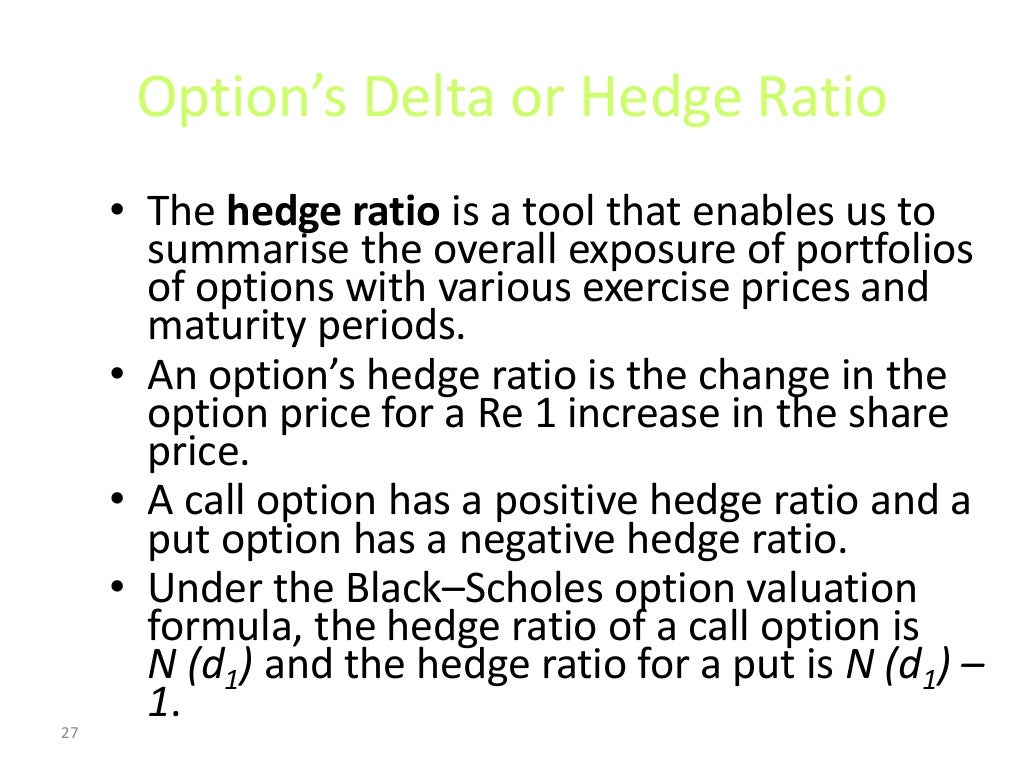

Thus the value to invest next year is 1.21M. This implies that the firm invests next year with a 66.7% probability and earns 5.45M - 3.63M if it does invest. If, they grow to 6M, then the firm invests. If discounted cash flows decrease to 3M, then investment is no longer profitable. Yet, if the firm waits for next year, it only invests if discounted cash flows do not decrease. If the firm invests next year, the present value of the investment cost is 3.63M.įollowing the net present value rule for investment, the firm should invest this year because the discounted cash flows (5M) are greater than the investment costs (4M) by 1M. Assuming a risk neutral rate of 10%, future discounted cash flows are, in present terms, 5.45M and 2.73M, respectively. If it invests next year, the discounted cash flows are 6M with a 66.7% probability, and 3M with a 33.3% probability. The firm knows its discounted cash flows if it invests this year: 5M. But, if it invests next year, the firm obtains further information about the state of the economy, which can prevent it from investing with losses. The question is: when should the firm invest? If the firm invests this year, it has an income stream earlier. This simple example shows the relevance of the real option to delay investment and wait for further information, and is adapted from "Investment Example".Ĭonsider a firm that has the option to invest in a new factory. This extension of real options to real-world projects often requires customized decision support systems, because otherwise the complex compound real options will become too intractable to handle. It, thus, forces decision makers to be explicit about the assumptions underlying their projections, and for this reason ROV is increasingly employed as a tool in business strategy formulation. Non business examples might be evaluating the cost of cryptocurrency mining machines, or the decision to join the work force, or rather, to forgo several years of income to attend graduate school. For example, R&D managers can use Real Options Valuation to help them deal with various uncertainties in making decisions about the allocation of resources among R&D projects. Real options analysis, as a discipline, extends from its application in corporate finance, to decision making under uncertainty in general, adapting the techniques developed for financial options to "real-life" decisions. Real options are most valuable when uncertainty is high management has significant flexibility to change the course of the project in a favorable direction and is willing to exercise the options. Unlike financial options, management also have to create or discover real options, and such creation and discovery process comprises an entrepreneurial or business task. Moreover, management cannot measure uncertainty in terms of volatility, and must instead rely on their perceptions of uncertainty. management, can directly influence the value of the option's underlying project whereas this is not a consideration as regards the underlying security of a financial option. A further distinction is that option holders here, i.e.

Real options are generally distinguished from conventional financial options in that they are not typically traded as securities, and do not usually involve decisions on an underlying asset that is traded as a financial security. For example, real options valuation could examine the opportunity to invest in the expansion of a firm's factory and the alternative option to sell the factory. A real option itself, is the right-but not the obligation-to undertake certain business initiatives, such as deferring, abandoning, expanding, staging, or contracting a capital investment project.

Real options valuation, also often termed real options analysis, ( ROV or ROA) applies option valuation techniques to capital budgeting decisions.


 0 kommentar(er)
0 kommentar(er)
